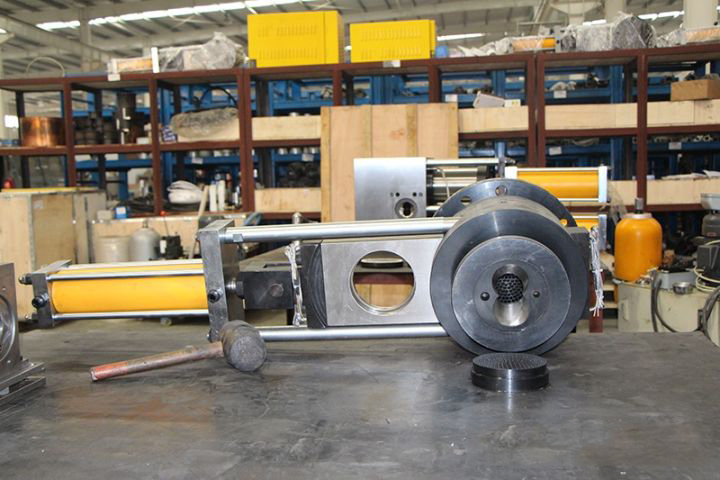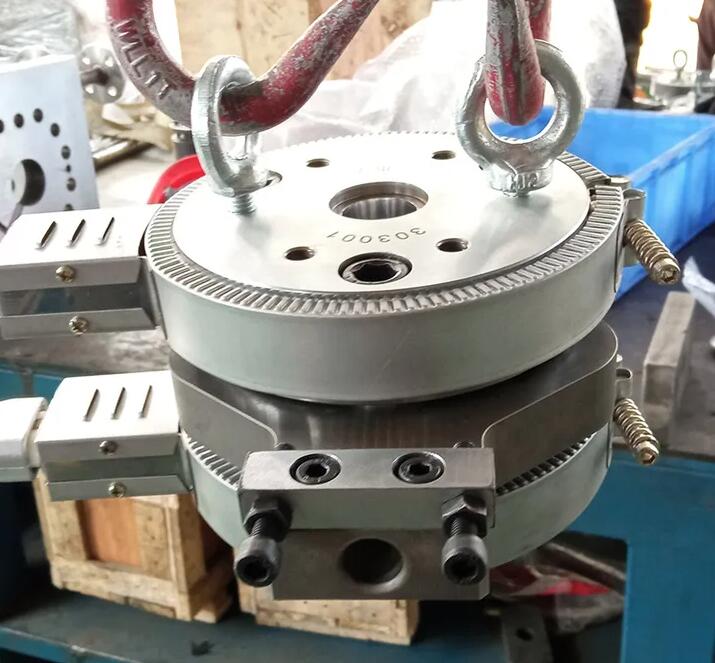The difference between manual screen changer and hydraulic screen changer
The manual screen changer and hydraulic screen changer exhibit significant differences in various aspects, primarily encompassing operation mode, efficiency, applicable scenarios, cost, and energy efficiency.
I. Operation Mode
Manual Screen Changer: Requires manual intervention for screen changing. The operation involves manually pulling a lever to alternate two screen blocks between the working and changing positions, which can be physically demanding and necessitates human involvement.
Hydraulic Screen Changer: Automates the screen changing process using a hydraulic system, eliminating the need for manual intervention. This automation minimizes human errors, enhancing the accuracy and efficiency of screen changes.

II. Efficiency and Productivity
Manual Screen Changer: Due to its reliance on manual labor, its efficiency and productivity are relatively lower. In environments requiring frequent screen changes or continuous production, manual operation may become a bottleneck, impacting overall production efficiency.
Hydraulic Screen Changer: With a high degree of automation, it swiftly and automatically switches screens, reducing downtime and enhancing productivity. By decreasing the frequency of screen changes and maintenance, it further boosts overall production efficiency.
III. Applicable Scenarios
Manual Screen Changer: Ideal for small-scale production or low-output scenarios due to its low cost, simple structure, easy installation, and energy efficiency. It also suits situations with less stringent demands for production continuity.
Hydraulic Screen Changer: Suited for large-scale continuous production, capable of withstanding harsh conditions and ensuring consistent product quality. Its robust structure and efficient filtering system enable it to adapt to various demanding operating conditions, meeting high-precision, high-volume production requirements.
IV. Cost and Energy Efficiency
Manual Screen Changer: Has a relatively low initial cost and, without additional equipment like hydraulic systems, performs well in terms of energy efficiency.
Hydraulic Screen Changer: While the initial investment may be higher, its high automation level, high productivity, and reduced downtime can potentially lead to better economic benefits in the long run. Additionally, with technological advancements and optimizations in hydraulic systems, the energy efficiency of hydraulic screen changers continues to improve.
V. Other Features
Manual Screen Changer: Offers superior sealing performance, a compact structure, easy installation, and straightforward operation. Its removable screen plates facilitate maintenance and replacement.
Hydraulic Screen Changer: Beyond its high automation level, it also provides multiple filtering options and stable filtering rates, enhancing product uniformity and consistency. Furthermore, it can withstand high temperatures, pressures, and corrosive conditions, ensuring production stability and safety.

In conclusion, the manual screen changer and hydraulic screen changer exhibit notable differences in operation mode, efficiency, applicable scenarios, cost, and energy efficiency. When selecting between them, it is essential to comprehensively consider factors such as specific production needs, cost budgets, and production environments.
Email: info@battemachinery.com
WhatsApp: +86 158 38331071